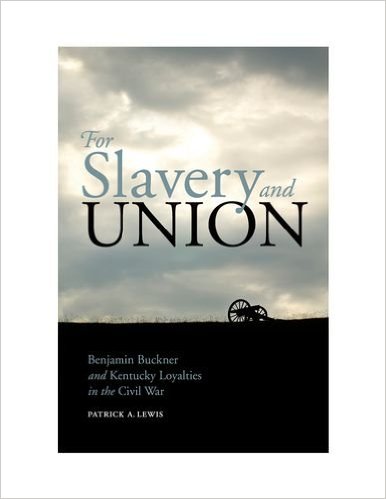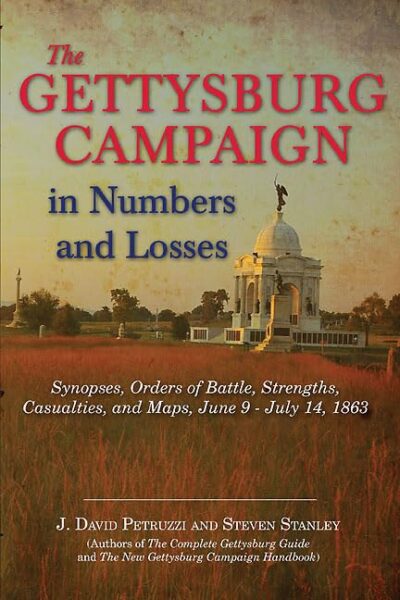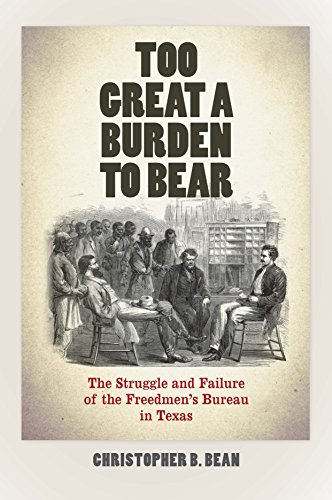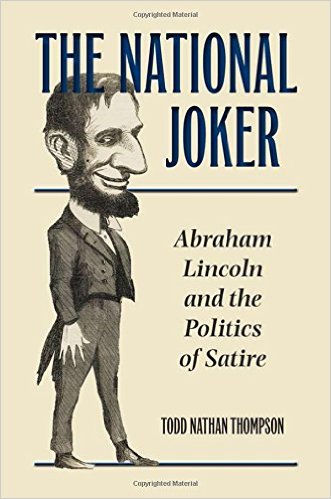For Slavery and Union: Benjamin Buckner and Kentucky Loyalties in the Civil War by Patrick Lewis. University of Kentucky Press, 2015. Cloth, IBSN: 978-0813160795. $50.00.
 Abraham Lincoln’s oft-quoted phrase that “to lose Kentucky is nearly the same as to lose the whole game” sums up clearly the president’s perception of his native state’s importance in the struggle for the Union. For the past two decades, Civil War historians have gained a new appreciation for Lincoln’s observation, producing an ever-increasing number of books and scholarly articles dedicated to the Bluegrass State. Consequently, a state that in the past seldom found its way into historiographical conversations has become, in many ways, central to the war’s grand narrative. Scholars such as James McDonough, Kenneth Noe, Aaron Astor, James Ramage, and a host of others have explored everything Kentucky from tactics and strategy, to the fight at Perryville, the effects of emancipation and African American enlistment, and the exploits of Confederate raiders and guerrilla warfare.
Abraham Lincoln’s oft-quoted phrase that “to lose Kentucky is nearly the same as to lose the whole game” sums up clearly the president’s perception of his native state’s importance in the struggle for the Union. For the past two decades, Civil War historians have gained a new appreciation for Lincoln’s observation, producing an ever-increasing number of books and scholarly articles dedicated to the Bluegrass State. Consequently, a state that in the past seldom found its way into historiographical conversations has become, in many ways, central to the war’s grand narrative. Scholars such as James McDonough, Kenneth Noe, Aaron Astor, James Ramage, and a host of others have explored everything Kentucky from tactics and strategy, to the fight at Perryville, the effects of emancipation and African American enlistment, and the exploits of Confederate raiders and guerrilla warfare.
Patrick A. Lewis, director of the Civil War Governors of Kentucky Digital Documentary Edition and assistant editor of the Register of the Kentucky Historical Society, joins this growing list of scholars with his publication of For Slavery and Union: Benjamin Buckner and Kentucky Loyalties in the Civil War. The title aptly describes Lewis’s study as both a biography and an examination of the broader issue of proslavery unionism in Kentucky. Perhaps more than any other man, Ben Buckner was the embodiment of what it meant to be a proslavery unionist who joined the Union cause, as Lewis contends, “for the benefit of slavery, rather than siding with the Union despite slavery” (2). For men like Buckner, slavery was far more likely to be protected within the constitutional system of government that had for decades consistently defended the institution and the rights of slave owners from radical abolitionism. Moreover, while slavery in Kentucky was not as prolific as in the Lower South, it was anything but mild, and the slaveholders who promoted the institution were just as determined to protect and preserve their slave-based socioeconomic world as the wealthiest cotton nabobs in Louisiana, Mississippi, or Alabama.
Informed in part by the late Don Fehrenbacher’s The Slaveholding Republic (2001) and David Ericson’s Slavery in the American Republic (2011), Lewis demonstrates that Kentucky’s proslavery unionists were confident in their conviction that federal power would continue to align with their interests. Buttressed by the 1850 Fugitive Slave Law, as well as the Dred Scott decision seven years later, former Whigs like Buckner displayed contempt for antislavery abolitionists in the North as well as secessionist fire-eaters in the Deep South, whose radical posturing threatened to destabilize the cozy relationship slaveholders enjoyed with the Union. In their minds “the Constitution still reigned,” Lewis argues, “ensuring the continued protection of property. Secession was illegal and impossible, and, as events were showing, the armies of the Union would defeat the rebellion quickly and return the status quo ante bellum, a slaveholding republic” (65).
Buckner’s loyalty to the Union, however, rested entirely upon the government’s support for slavery. When the Lincoln Administration’s war to preserve the status quo evolved into a war for emancipation, proslavery unionists cried foul. Lewis notes that the Union Army’s policy of recruiting black soldiers, which technically disallowed the practice in Kentucky where slavery remained a protected institution, further enraged proslavery unionists. In their eyes, the president, the Republican Party, and the Union for which they fought had betrayed Kentucky’s loyal masters. Nevertheless, once the war ended, men like Buckner quickly sided with their former Confederate adversaries to oppose black enfranchisement and to maintain white supremacy. “Both rebel master and loyal master were reunited in their lost mastery,” the author contends (149).
Lewis organizes his book into six chapters: chapters one and two explore Kentucky’s slave-based social, economic, and political heritage in the decades leading up to the war; chapters three and four cover the war years, with special emphasis on Buckner’s career in the Union army from 1861 until his resignation in 1863; and chapters five and six investigate the era of Reconstruction, African American disfranchisement, and the eventual triumph of Kentucky’s ultra-conservative Democratic machine.
For fans of the Civil War home front and border state politics, there is much to like in Lewis’s study. He does an admirable job, for instance, of explaining the complexities of Kentucky’s competing political factions as they existed before, during, and after the war. Indeed, the political civil war that ensued during Reconstruction between Conservatives, Unconditional Unionists, and old line Democrats highlights the unusual yet fascinating saga of postwar politics in the border south. The author also does a good job weaving Buckner’s biographical material in with the historical events, though some portions of the last two chapters are devoid of Buckner’s presence. There are, however, a couple of minor drawbacks. While Lewis emphasizes the Fugitive Slave Law’s importance to Kentucky’s proslavery unionists, he fails to mention the personal liberty laws that many free-state legislatures revised in order to frustrate the enforcement of federal law. Also, it would be helpful, in this reviewer’s opinion, to have an illustration or two of Buckner (if indeed any survived), and a couple of maps.
For Slavery and Union may be useful as a supplementary text in upper level undergraduate Civil War history courses, but is best suited to graduate-level seminars. Civil War scholars and those who focus on border state issues will find the volume informative, if not necessarily ground-breaking. While Civil War enthusiasts and generalists with a penchant for American history will enjoy this study, readers who focus primarily upon battle narratives will be disappointed—this is not the audience Lewis is intending to reach anyway. Overall, the book is well written, engaging, and adequately documented.
Tommy Brown is an Assistant Archivist at the Auburn University Libraries Special Collections and Archives.




